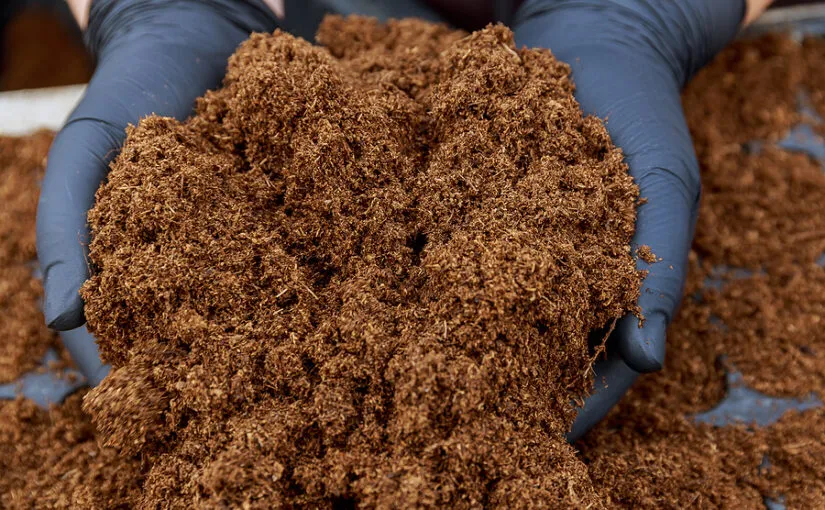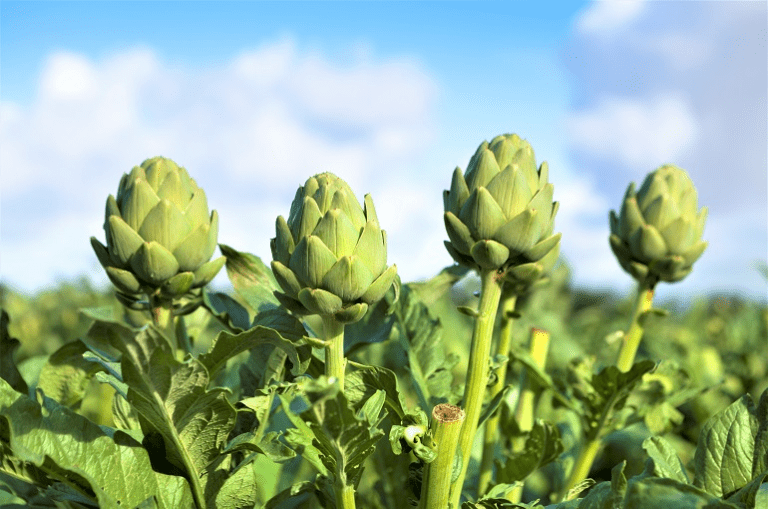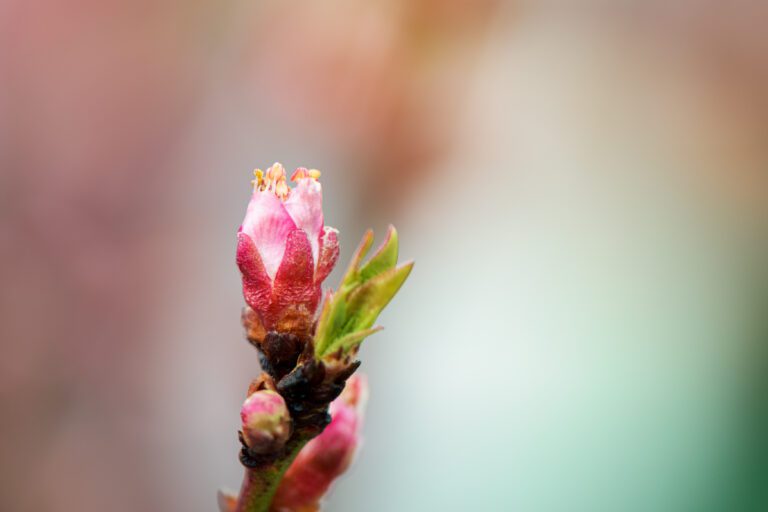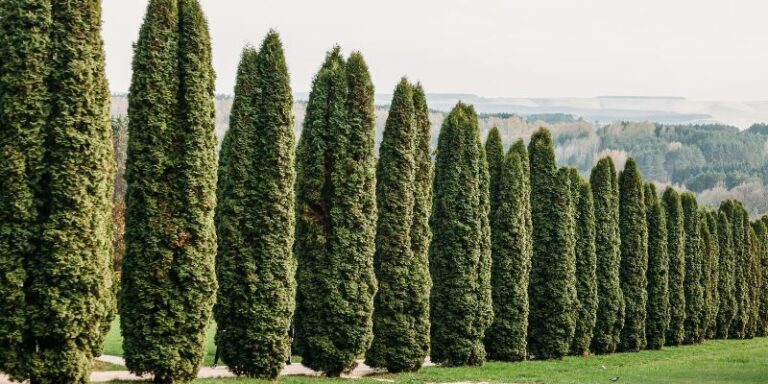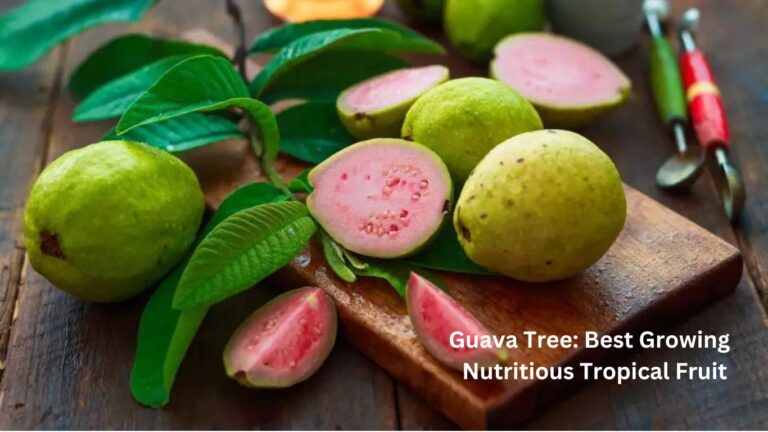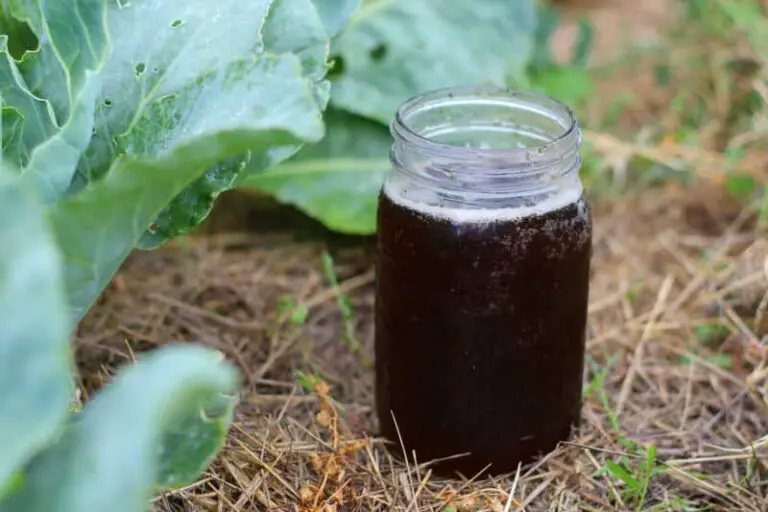Cow Manure: How to Turn Poop into Peat
Understanding the Potential of Cow Manure as a Resource
Cow manure is a valuable resource with a wide range of potential uses. It contains essential nutrients such as nitrogen, phosphorus, and potassium that are beneficial for plant growth and soil fertility. These nutrients are essential for the development of strong and healthy plants, making cow manure an excellent organic fertilizer option for gardeners and farmers.
In addition to its nutrient content, cow manure also improves soil structure and enhances its ability to retain moisture. This is particularly important in dry or sandy soils, where moisture retention is often a challenge. By incorporating cow manure into the soil, gardeners can create a more favorable environment for plant roots to thrive, leading to increased yields and healthier plants. Moreover, using cow manure as a soil amendment can also contribute to the reduction of soil erosion, as the organic matter in the manure helps to bind soil particles together.
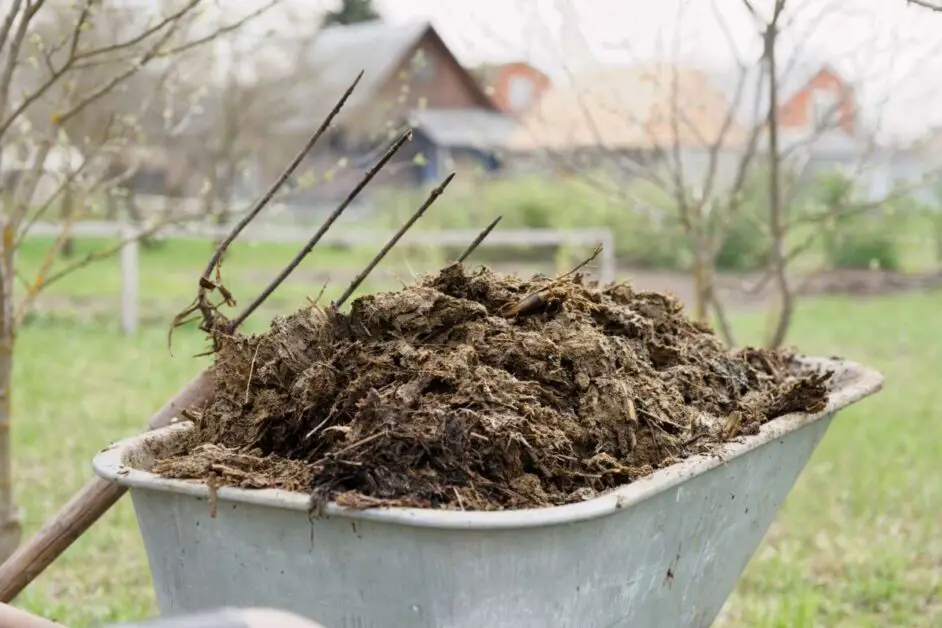
Overall, understanding the potential of cow manure as a resource is crucial for anyone interested in sustainable gardening practices. By harnessing its nutrient content and soil-enhancing properties, gardeners can maximize their plant growth and minimize the need for synthetic fertilizers and harmful chemicals. The next sections will delve deeper into the process of converting cow manure into peat and explore the numerous benefits and applications of this innovative approach. So, let’s dive into the fascinating world of cow manure and discover its potential as a valuable resource for gardening and agriculture.
Exploring the Benefits of Converting Cow Manure into Peat
Converting cow manure into peat offers numerous benefits for both gardeners and the environment. One of the key advantages is the improvement of soil structure. Peat derived from cow manure is rich in organic matter, which helps to enhance the soil’s ability to retain moisture and nutrients. This, in turn, promotes healthier root growth and overall plant development.
In addition to improving soil structure, using cow manure-based peat can also contribute to better plant nutrition. Peat is known for its high nutrient content, particularly in essential elements such as nitrogen, phosphorus, and potassium. These nutrients are vital for plant growth and play a crucial role in various physiological processes. By incorporating cow manure-based peat into their gardening practices, enthusiasts can provide their plants with a nutrient-rich environment, resulting in healthier and more productive crops.
Furthermore, converting cow manure into peat has the benefit of sustainability. Cow manure is a readily available and renewable resource that is often considered waste. By transforming it into peat, gardeners can effectively recycle this organic material and reduce waste. This not only helps to minimize environmental pollution but also offers a more sustainable approach to gardening. Instead of relying on synthetic fertilizers or other non-renewable resources, utilizing cow manure-based peat allows for a more eco-friendly and environmentally conscious gardening practice.
The Process of Transforming Cow Manure into Peat
Cow manure is a valuable resource that can be transformed into peat through a carefully managed process. The first step in this process involves collecting and storing the cow manure in an appropriate manner. The manure needs to be piled up in rows or mounds to ensure proper aeration and decomposition. This allows beneficial microorganisms to break down the organic matter and initiate the transformation into peat.
Once the manure is accumulated, it is essential to monitor and control the temperature and moisture levels during the transformation process. Maintaining a temperature between 122°F (50°C) and 149°F (65°C) encourages the growth of beneficial bacteria and microorganisms, which aid in the decomposition and conversion. Additionally, ensuring a moisture content of around 60 to 70 percent is crucial for the efficient breakdown of the organic matter.
As the manure continues to decompose, it gradually transforms into peat. This process can take several months, and it requires periodic turning and mixing of the piles. This helps distribute moisture and oxygen evenly, ensuring a consistent decomposition process. The length of the transformation process may vary depending on factors such as temperature, moisture levels, and the initial composition of the manure.
The transformation of cow manure into peat is not only a sustainable waste management solution but also a means to harness a valuable resource for various applications. In the upcoming sections, we will explore the benefits and applications of peat derived from cow manure, as well as the potential economic opportunities and environmental advantages associated with its utilization. But first, let’s delve deeper into the selection of the right type of cow manure for peat conversion and the essential tools and equipment required for this process.
Selecting the Right Type of Cow Manure for Peat Conversion
Selecting the right type of cow manure is crucial when it comes to peat conversion. The quality and composition of the manure will directly impact the final product, determining its effectiveness as a growing medium in various applications. One important factor to consider is the diet of the cows. Cows that have been primarily fed with organic materials such as grass or hay will produce manure that is rich in nutrients and free from potential contaminants like pesticides or antibiotics. On the other hand, manure from cows that have been fed a diet consisting mainly of processed feeds or additives may contain higher levels of chemical residues or synthetic compounds. Therefore, when selecting cow manure for peat conversion, it is advisable to opt for manure from cows that have been raised organically or have been fed with a natural, chemical-free diet. This will ensure that the resulting peat is of high quality and safe for use in gardening or agricultural purposes.
In addition to the diet, the age of the manure is another important consideration. Fresh cow manure tends to be more nutrient-rich and may contain higher levels of beneficial bacteria for plant growth. However, it may also contain higher levels of pathogens or weed seeds that can hinder the productivity of the peat. On the other hand, aged or composted manure has undergone a decomposition process that helps break down pathogens and weed seeds, resulting in a more stable and controlled product. This aged manure can be a suitable choice for peat conversion, providing a balance between nutrient content and reduced risks of unwanted contaminants. By considering both the dietary aspects and the age of the manure, gardeners and agriculturalists can carefully select the right type of cow manure for peat conversion, ensuring optimal results in plant growth and productivity.
The table e=below shows some different types of cow manure that can be used to convert into peat:
| Type of Cow Manure | Description |
|---|---|
| Organic Diet, Fresh | Manure from cows primarily fed organic materials like grass or hay. This type of manure is rich in nutrients and free from contaminants like pesticides or antibiotics. It is nutrient-rich and beneficial for plant growth but may contain pathogens or weed seeds. |
| Organic Diet, Aged | Manure from cows fed organic materials that has undergone composting or aging. This type of manure has reduced risks of contaminants and provides a stable product with controlled nutrient release. It offers a balance between nutrient content and reduced risks. |
| Processed Diet, Fresh | Manure from cows fed processed feeds or additives. While it may contain chemical residues or synthetic compounds, it is still nutrient-rich and suitable for peat conversion. However, it may have higher levels of contaminants compared to organically fed manure. |
| Processed Diet, Aged | Manure from cows fed processed feeds or additives that has undergone composting or aging. This type of manure has reduced levels of contaminants and provides a stable product. It offers a balance between nutrient content and reduced risks compared to fresh processed manure. |
Essential Tools and Equipment for Turning Cow Manure into Peat
When it comes to turning cow manure into peat, having the right tools and equipment is essential to ensure a successful conversion process. One of the most important tools you will need is a manure spreader. This equipment is used to evenly distribute the cow manure in your designated area, allowing for proper aeration and decomposition. Additionally, a compost turner or aerator can be highly beneficial in promoting the breakdown of the manure and ensuring optimal conditions for peat formation.
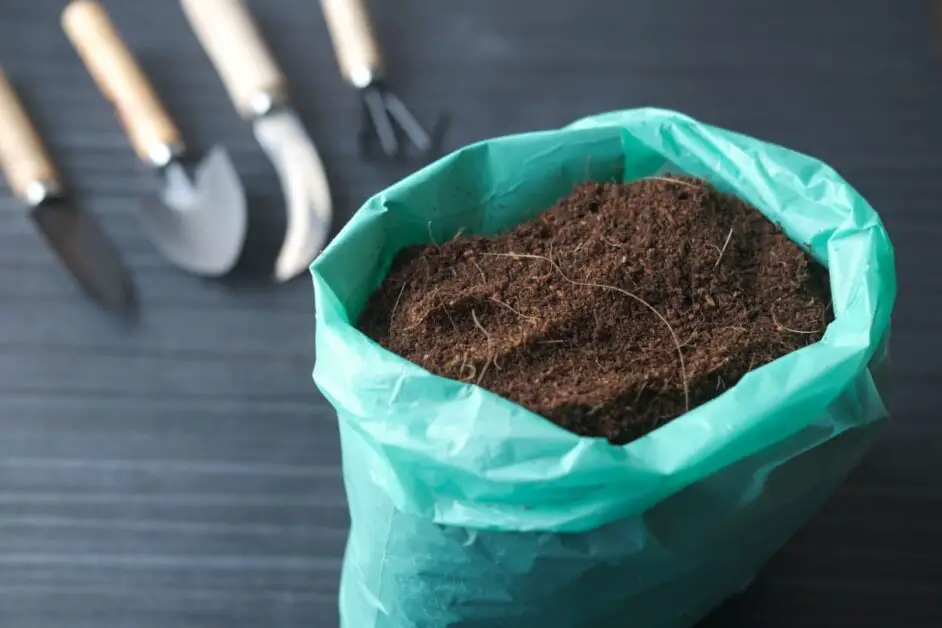
In addition to spreading and turning the manure, a reliable moisture meter is crucial for monitoring the moisture levels of the compost pile or bed. Maintaining the appropriate level of moisture is essential for the decomposition and transformation of cow manure into peat. A thermometer is also useful for keeping track of the temperature, as certain temperatures facilitate the microbial activity required for the peat conversion process. Lastly, having a sturdy shovel, rake, and pitchfork will enable you to manage and move the cow manure effectively throughout the process. These tools, when combined, provide the foundation for turning cow manure into valuable peat that can greatly benefit your gardening endeavors.
Preparing Cow Manure for the Peat Conversion Process
To prepare cow manure for the peat conversion process, several steps must be taken. First, it is crucial to collect fresh cow manure and remove any large debris, such as rocks or sticks, that may be present. This ensures that the manure is clean and suitable for conversion. Once the manure is collected, it should be thoroughly mixed to ensure a consistent composition. This can be done using a shovel or pitchfork, ensuring that all parts of the manure are evenly distributed.
After mixing, the manure should be spread out in a thin layer to allow for proper aeration. This step is important as it helps to break down organic matter and facilitate the conversion process. It is recommended to use a large tarp or an open area with good air circulation for this purpose. Additionally, it is essential to periodically turn the manure to ensure even drying and prevent the growth of mold or bacteria. This can be done every few days using a rake or a similar tool.
By following these steps, the cow manure can be adequately prepared for the peat conversion process. This preparation is essential to ensure the quality and effectiveness of the final product.
Controlling Temperature and Moisture Levels during Peat Conversion
To ensure successful peat conversion from cow manure, it is crucial to have proper control over temperature and moisture levels throughout the process. Temperature plays a pivotal role in the breakdown of organic matter, while moisture levels affect the microbial activity responsible for decomposition. Maintaining the optimal temperature range of 130°F to 160°F (54°C to 71°C) promotes the accelerated breakdown of cow manure into peat. This temperature range creates a favorable environment for the thermophilic bacteria that facilitate decomposition. Regular monitoring with a thermometer and adjustments, if required, will ensure that the process remains on track.
Equally important is maintaining the appropriate moisture levels during peat conversion. A moisture content of 50% to 60% is ideal for microbial activity and decomposition. Too much moisture can lead to anaerobic conditions, hindering the growth of beneficial bacteria and resulting in an unpleasant odor. Conversely, insufficient moisture levels can impede decomposition and affect the overall quality of the peat produced. Regular monitoring of moisture content using a moisture meter and occasional misting or watering may be necessary to maintain the desired levels.
By diligently controlling temperature and moisture levels during peat conversion, gardeners and agricultural enthusiasts can ensure optimal conditions for the transformation of cow manure into valuable peat. Nonetheless, it is important to note that variations in initial cow manure compositions and environmental conditions can influence the specific temperature and moisture requirements. Therefore, close monitoring and adjustments based on the specific circumstances at hand are crucial for successful peat conversion.
Testing the Quality of Peat Derived from Cow Manure
To ensure the quality of peat derived from cow manure, rigorous testing is necessary. One of the key aspects to consider is the moisture content of the peat. Excessive moisture can lead to the development of harmful bacteria and fungi, while insufficient moisture can result in a loss of structural integrity. By conducting regular moisture tests using a moisture meter, gardeners can maintain optimal moisture levels throughout the peat conversion process.
Another important factor to evaluate is the pH level of the peat. As cow manure contains high levels of nitrogen, the resulting peat may be acidic. Testing the pH allows gardeners to determine if any adjustments are necessary to create a more suitable environment for plants. Acidic peat can be amended by adding alkaline substances, such as lime, to achieve a neutral pH range that is beneficial for most plant varieties.
Additionally, it is crucial to analyze the nutrient composition of the peat. Cow manure is rich in organic matter and essential nutrients such as nitrogen, phosphorus, and potassium. Testing for nutrient levels helps gardeners tailor their fertilization strategies and ensure that the resulting peat offers adequate nutrition for plant growth. This can be achieved through laboratory testing or by utilizing home test kits specifically designed for soil or peat analysis.
By conducting thorough testing throughout the peat conversion process, gardeners can assess the quality of the peat derived from cow manure. This ensures that the resulting product is suitable for various gardening applications, offering optimal moisture levels, appropriate pH, and sufficient nutrient content to support healthy plant growth.
Storing and Packaging Peat for Commercial or Personal Use
Storing and packaging peat derived from cow manure is a crucial step in ensuring its quality and usability for commercial or personal use. Proper storage practices help maintain the peat’s nutritional value and prevent deterioration over time. When it comes to packaging, choosing the right materials and methods is essential to preserve the peat’s integrity and facilitate its application.
For storing peat, it is recommended to keep it in a dry and cool environment to prevent moisture absorption and the growth of mold or bacteria. A temperature range between 10 to 20 degrees Celsius is ideal for preserving the peat’s quality. Additionally, it is crucial to avoid exposing the peat to direct sunlight, as this could cause it to dry out and lose its beneficial properties.
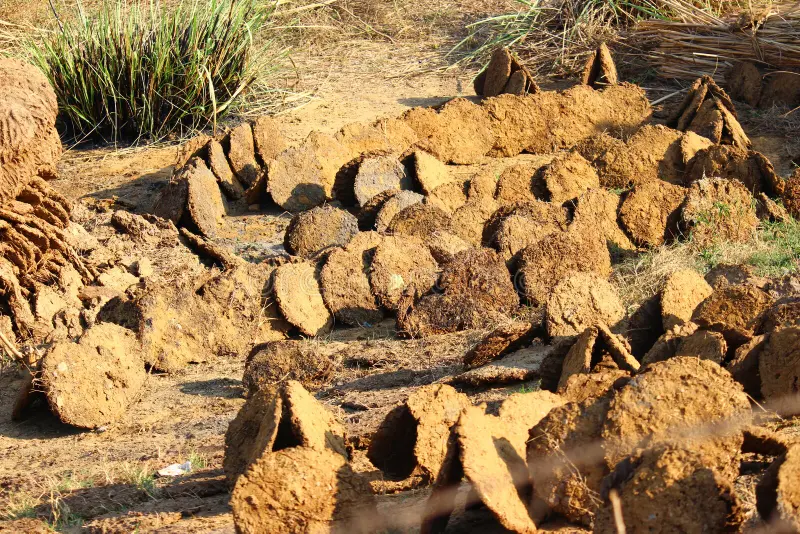
When it comes to packaging, using bags made of breathable materials such as burlap or paper allows for air circulation and prevents the development of undesirable odors. This is especially important if the peat will be stored for an extended period. Furthermore, ensuring that the bags are properly sealed or tied will help maintain the peat’s moisture content and prevent its degradation.
Overall, careful storage and appropriate packaging of peat derived from cow manure are essential to ensure its long-term viability and usefulness. By following these best practices, gardening enthusiasts and commercial farmers alike can confidently utilize this valuable resource for their various horticultural needs.
Understanding the Nutritional Value of Peat Derived from Cow Manure
Peat derived from cow manure offers a range of valuable nutrients that can significantly enhance the growth and development of plants. It serves as an organic fertilizer, providing essential elements such as nitrogen, phosphorus, and potassium, which are essential for plant health. Additionally, peat derived from cow manure contains trace elements like iron, manganese, and zinc, which are crucial for various metabolic processes in plants.
The nutritional composition of peat from cow manure can vary depending on factors such as the diet of the cows, the decomposition process, and the age of the manure. However, studies have consistently shown that this natural resource is rich in organic matter, humic acids, and beneficial microorganisms. These components not only contribute to the nutrient content of the peat but also improve soil structure, water-holding capacity, and the overall health of the ecosystem.
The Potential Applications of Peat Derived from Cow Manure
Peat derived from cow manure holds immense potential for various applications, ranging from agricultural to environmental. As a soil amendment, the high organic matter content of cow manure-derived peat provides numerous benefits. It improves soil structure, enhances water retention capacity, and promotes nutrient availability, thereby facilitating plant growth and productivity. Additionally, its ability to enhance microbial activity in the soil promotes nutrient cycling and reduces the need for synthetic fertilizers. This makes it an ideal choice for organic farming and sustainable gardening practices.
Furthermore, peat derived from cow manure can be utilized in hydroponic systems. Its porous structure allows for adequate aeration and water drainage, ensuring optimal root development. When used as a substrate, it provides a stable and nutrient-rich environment for plant growth, contributing to higher crop yields and better overall plant health. Hydroponic systems utilizing cow manure-derived peat have been found to be effective in cultivating a wide range of crops, including vegetables, herbs, and even ornamental plants. With its potential to support sustainable and high-yield crop production, peat derived from cow manure presents an exciting opportunity for hydroponic enthusiasts and commercial growers alike.
Environmental Benefits of Utilizing Cow Manure as Peat
Utilizing cow manure as peat offers numerous environmental benefits that contribute to sustainable farming practices and the overall health of our ecosystems. One of the key advantages is the reduction of greenhouse gas emissions. By converting cow manure into peat, we can prevent the release of methane, a potent greenhouse gas, into the atmosphere. According to studies, methane emissions from livestock manure account for a significant portion of global greenhouse gas emissions. By diverting cow manure towards peat conversion, we can effectively mitigate these emissions and contribute to the fight against climate change.
Another environmental benefit of using cow manure as peat is the reduction of nutrient runoff into water bodies. When cow manure is left untreated or improperly managed, its high nutrient content, including nitrogen and phosphorus, can contaminate nearby rivers, streams, and groundwater. This excess nutrient runoff can lead to detrimental effects on water quality and aquatic ecosystems, causing algal blooms, oxygen depletion, and harm to fish and other aquatic organisms. By converting cow manure into peat, we can significantly reduce the nutrient load, minimizing the impact on water resources and preserving the health of our watersheds.
The table below shows the benefits of using cow manure as a peat:
| Environmental Benefit | Description |
|---|---|
| Soil Health Improvement | Cow manure adds organic matter to the soil, improving its structure, water retention, and nutrient-holding capacity. This enhances soil fertility and promotes healthier plant growth. |
| Carbon Sequestration | Incorporating cow manure into soil helps sequester carbon, reducing atmospheric carbon dioxide levels. This contributes to mitigating climate change by storing carbon in the soil organic matter. |
| Reduced Greenhouse Gas Emissions | Using cow manure as peat reduces the need for synthetic fertilizers, which are often produced with energy-intensive processes emitting greenhouse gases. This helps lower emissions associated with fertilizer production and application. |
| Waste Management | Utilizing cow manure as peat provides a sustainable solution for managing animal waste, reducing the environmental impact of livestock farming. It helps prevent water pollution from runoff and leaching of excess nutrients. |
| Preservation of Peatlands | Peatlands are valuable ecosystems that store large amounts of carbon and support unique biodiversity. By using cow manure instead of harvesting peat directly from peatlands, this practice helps preserve these sensitive habitats and prevents their degradation. |
| Sustainable Agriculture | Cow manure serves as a renewable and readily available source of organic matter and nutrients for agricultural practices. Its use in peat conversion supports sustainable farming methods that prioritize soil health and environmental stewardship. |
The utilization of cow manure as peat not only addresses the environmental challenges associated with livestock waste but also provides a valuable resource for improving soil quality and enhancing crop productivity. Peat derived from cow manure is rich in organic matter and essential nutrients, making it an excellent soil amendment. Its ability to retain moisture and improve soil structure promotes optimal conditions for plant growth while reducing the need for synthetic fertilizers and irrigation. Additionally, the use of cow manure-derived peat enhances soil carbon sequestration, contributing to the long-term storage of carbon dioxide and mitigating the effects of climate change.
Economic Opportunities in Cow Manure to Peat Conversion
Cow manure to peat conversion presents numerous economic opportunities for both small-scale gardeners and large agricultural businesses. By transforming cow manure into peat, individuals and organizations can tap into a valuable resource that can be sold or utilized in various ways.
One of the key economic opportunities lies in the commercial sale of peat derived from cow manure. Peat has long been recognized as a beneficial growing medium due to its water retention properties, ability to provide essential nutrients, and improved soil structure. As a result, there is a high demand for peat in the horticulture and agriculture industries. Entrepreneurs who engage in cow manure to peat conversion can capitalize on this demand by producing and selling peat-based products such as potting mixes, soil amendments, and hydroponic substrates.
Additionally, cow manure to peat conversion offers cost-saving potential for farmers and gardeners. By producing their own peat from cow manure, they can reduce or eliminate the need to purchase commercial peat-based products. This can translate into significant savings, particularly for those who require large quantities of peat for their operations. Furthermore, the use of homemade peat allows for greater control over the quality and composition of the growing medium, tailored to specific plant requirements.
Overall, the economic opportunities associated with cow manure to peat conversion are diverse, ranging from commercial sales to cost savings. By harnessing the potential of cow manure as a resource, individuals and businesses can not only generate income but also contribute to sustainable and environmentally friendly gardening practices. With the right knowledge and approach, cow manure to peat conversion can be a financially rewarding endeavor.
• Cow manure to peat conversion provides economic opportunities for small-scale gardeners and large agricultural businesses
• Peat derived from cow manure can be sold commercially as a valuable growing medium
• Demand for peat in the horticulture and agriculture industries creates a market for peat-based products such as potting mixes, soil amendments, and hydroponic substrates
• Producing homemade peat from cow manure can lead to cost savings by reducing or eliminating the need to purchase commercial peat-based products
• Homemade peat allows for greater control over the quality and composition of the growing medium, tailored to specific plant requirements
• Engaging in cow manure to peat conversion contributes to sustainable and environmentally friendly gardening practices.
Overcoming Challenges in Cow Manure to Peat Conversion
One of the major challenges in the conversion of cow manure into peat is ensuring proper temperature and moisture control. The process requires specific conditions to promote the breakdown of organic matter and the development of peat. Temperature fluctuations can disrupt the microbial activity responsible for decomposition, while excessive moisture can create an anaerobic environment that hinders the formation of peat. Maintaining stable and optimal temperature and moisture levels throughout the conversion process is crucial to achieving a high-quality peat product.
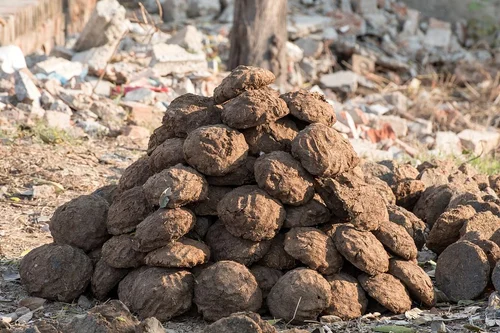
Another challenge lies in selecting the right type of cow manure for peat conversion. Different cow breeds and management practices can result in variations in nutrient content, moisture level, and overall composition of the manure. These variations can affect the efficiency of the peat conversion process and the quality of the resulting peat. It is essential to carefully assess and analyze the characteristics of different types of cow manure to choose the most suitable ones for peat production. Factors such as nutrient content, moisture content, and pH levels should be considered to ensure optimal peat conversion and the production of high-quality peat.
Best Practices and Recommendations for Successful Peat Conversion
To ensure successful peat conversion from cow manure, it is important to follow a set of best practices and recommendations. First and foremost, selecting the right type of cow manure is crucial. Fresh cow manure that has been recently collected is preferred, as it contains higher nutrient content and organic matter, which contributes to the quality of the resulting peat.
Another key practice is to prepare the cow manure properly before the peat conversion process. This involves removing any non-organic materials such as rocks or debris, as well as thoroughly mixing the manure to ensure an even distribution of nutrients. Additionally, controlling temperature and moisture levels during the conversion process is essential. Maintaining a temperature between 120-130°F (49-54°C) and a moisture content of 60-70% will promote the decomposition of organic matter and aid in the formation of peat.
Exploring Innovations and Future Prospects in Cow Manure to Peat Conversion
In recent years, there have been significant advancements in the field of cow manure to peat conversion, opening up exciting possibilities for the future. Researchers and agricultural experts have been exploring innovative techniques and technologies, aiming to maximize the potential of this resource. These innovations bring valuable insights into the efficient transformation of cow manure into high-quality peat.
One area of innovation lies in the development of specialized microbial cultures that accelerate the decomposition process of cow manure, resulting in faster and more consistent peat conversion. These cultures, rich in beneficial bacteria and enzymes, break down the organic matter in cow manure more efficiently, generating high-quality peat in a shorter timeframe. This not only reduces the overall production time but also enhances the consistency and nutrient content of the final peat product. These advancements offer promising prospects for the agricultural industry, highlighting the potential for more sustainable and efficient use of cow manure as a valuable resource.
Another exciting prospect that has emerged in the field of cow manure to peat conversion is the integration of renewable energy sources into the process. By harnessing the power of biogas produced during the decomposition of cow manure, it is possible to generate electricity or heat that can be utilized in the peat conversion process. This not only provides a sustainable energy solution but also reduces the reliance on traditional fossil fuels, contributing to a greener and more environmentally friendly approach. The integration of renewable energy in this context not only enhances the overall efficiency of the conversion process but also presents economic opportunities for farmers and agriculture businesses looking to diversify their revenue streams.
As innovation continues to drive the advancements in cow manure to peat conversion, the future holds great potential for further improvements and discoveries. With the implementation of cutting-edge technologies, continuous research, and the collaboration of experts from various fields, the agricultural industry can explore new horizons in utilizing cow manure as a resource. These innovations not only contribute to sustainable farming practices but also offer economic benefits, promoting a more environmentally conscious and efficient approach to peat production.
Watch this vodeo to learn further about using cow dung as a peat.
What is cow manure?
Cow manure refers to the waste material produced by cows, consisting of feces and urine.
Why is cow manure considered a resource?
Cow manure is considered a resource because it can be converted into peat, a valuable organic material used for various purposes.
What are the benefits of converting cow manure into peat?
Converting cow manure into peat offers several benefits, such as reducing waste disposal problems, creating a valuable product, and providing an environmentally-friendly alternative to traditional peat extraction.
How is cow manure transformed into peat?
The process of transforming cow manure into peat involves decomposition, drying, and sterilization through controlled temperature and moisture levels.
What type of cow manure is suitable for peat conversion?
Ideally, cow manure with a higher fiber content, such as from grass-fed cows, is more suitable for peat conversion.
What are the essential tools and equipment needed for turning cow manure into peat?
Some essential tools and equipment for peat conversion include composting bins or piles, a pitchfork or shovel for turning the manure, a thermometer for monitoring temperature, and a moisture meter.
How should cow manure be prepared before the peat conversion process?
Cow manure should be properly aged and composted before the peat conversion process to ensure a better quality end product.
How can temperature and moisture levels be controlled during peat conversion?
Temperature and moisture levels can be controlled during peat conversion by monitoring and adjusting them as needed, using insulation, and providing proper aeration.
How can the quality of peat derived from cow manure be tested?
The quality of peat derived from cow manure can be tested through various methods, including analyzing its moisture content, pH level, nutrient composition, and physical characteristics.
How should peat derived from cow manure be stored and packaged?
Peat derived from cow manure should be stored in a dry, cool, and well-ventilated area to prevent moisture buildup. It should also be properly packaged in bags or containers to maintain its quality.
What is the nutritional value of peat derived from cow manure?
Peat derived from cow manure can contain essential nutrients like nitrogen, phosphorus, and potassium, making it a valuable organic fertilizer.
What are the potential applications of peat derived from cow manure?
Peat derived from cow manure can be used as a soil amendment, a growing medium for plants, a bedding material for livestock, or as a component in horticultural products.
What are the environmental benefits of utilizing cow manure as peat?
Utilizing cow manure as peat helps to reduce waste and minimize the environmental impact of traditional peat extraction, which often involves the destruction of natural peatlands.
Are there economic opportunities in cow manure to peat conversion?
Yes, cow manure to peat conversion presents economic opportunities by creating a marketable product and potentially reducing costs associated with waste disposal.
What are some challenges in cow manure to peat conversion?
Challenges in cow manure to peat conversion can include managing odor, controlling temperature and moisture levels, ensuring proper composting, and maintaining consistent quality.
What are some best practices and recommendations for successful peat conversion?
Some best practices for successful peat conversion include using matured compost as a starter, monitoring and adjusting temperature and moisture levels, proper aeration, and maintaining cleanliness to prevent contamination.
What are the innovations and future prospects in cow manure to peat conversion?
Innovations and future prospects in cow manure to peat conversion may include improved composting techniques, enhanced nutrient retention, and the development of specialized equipment for large-scale production.

